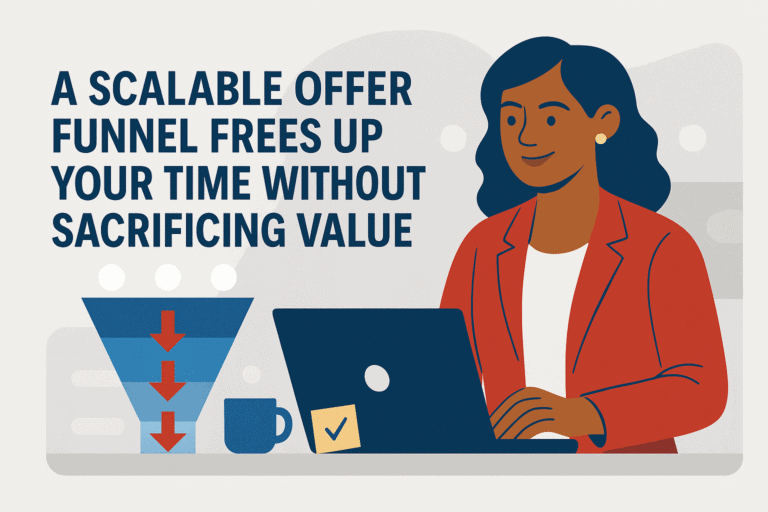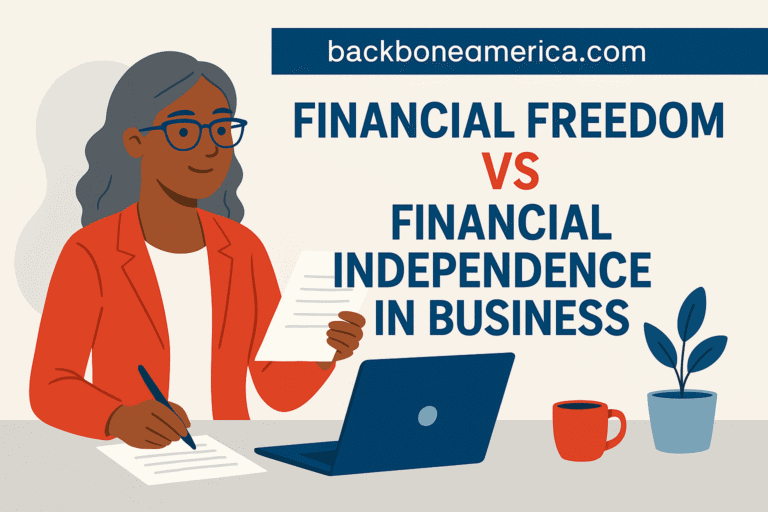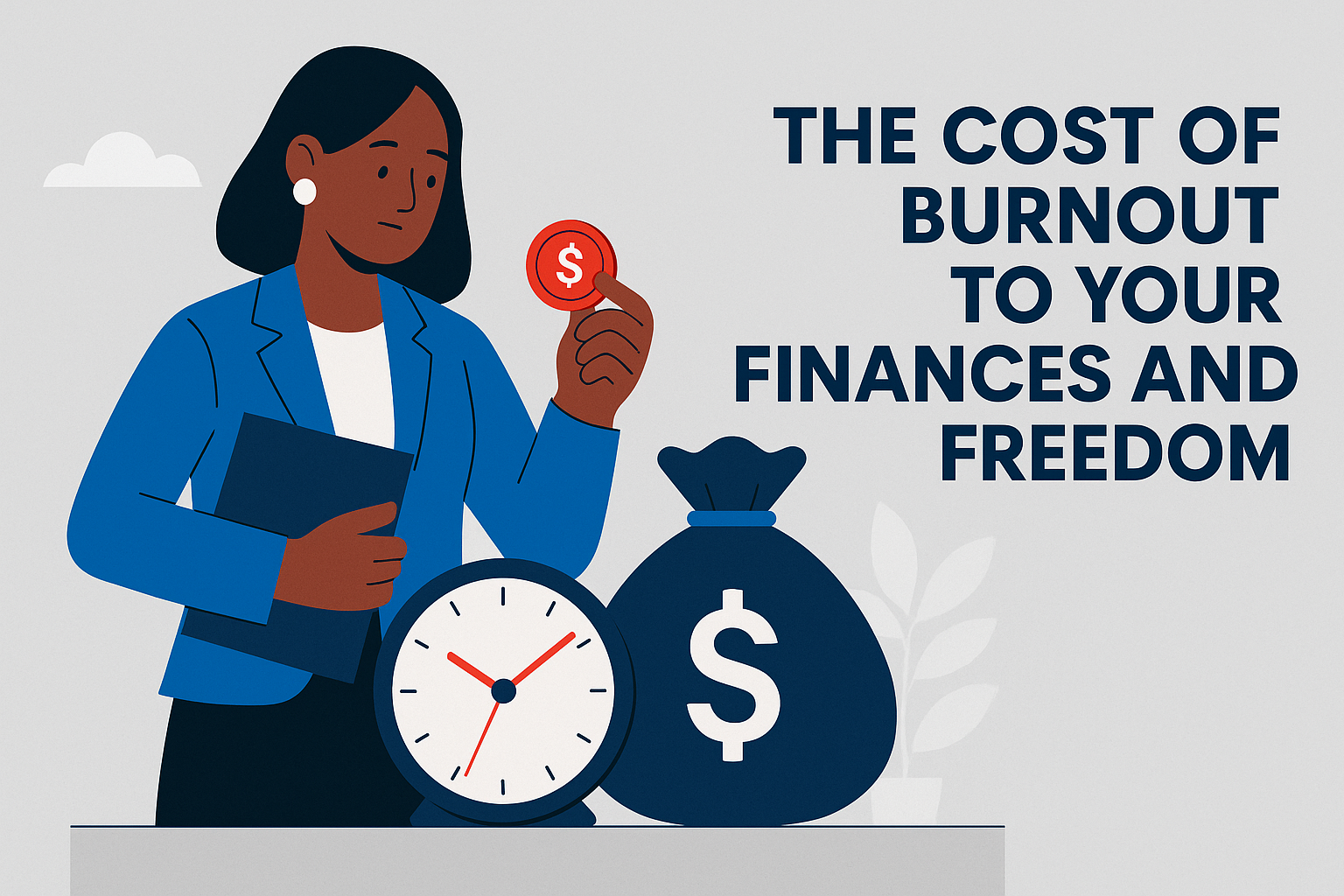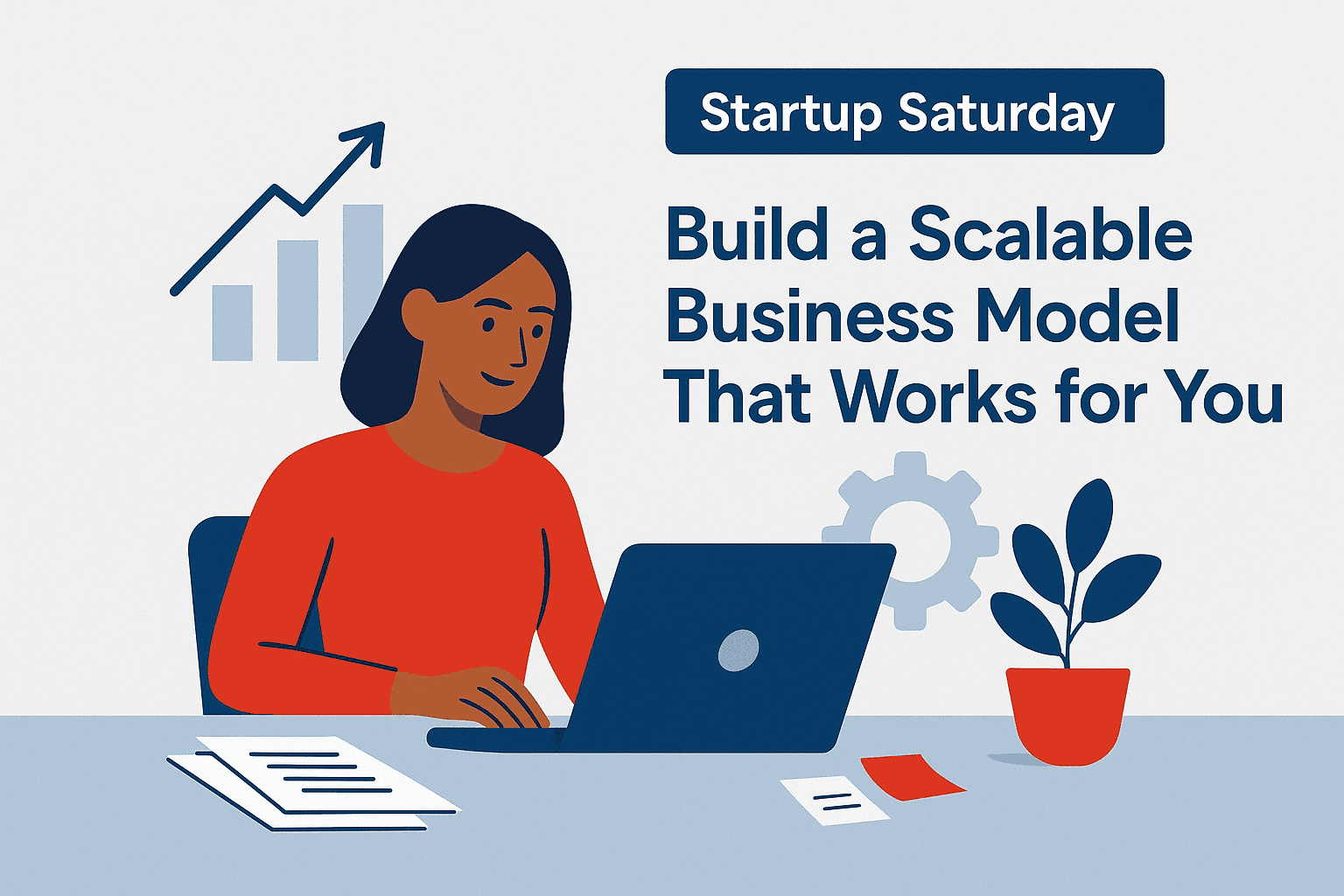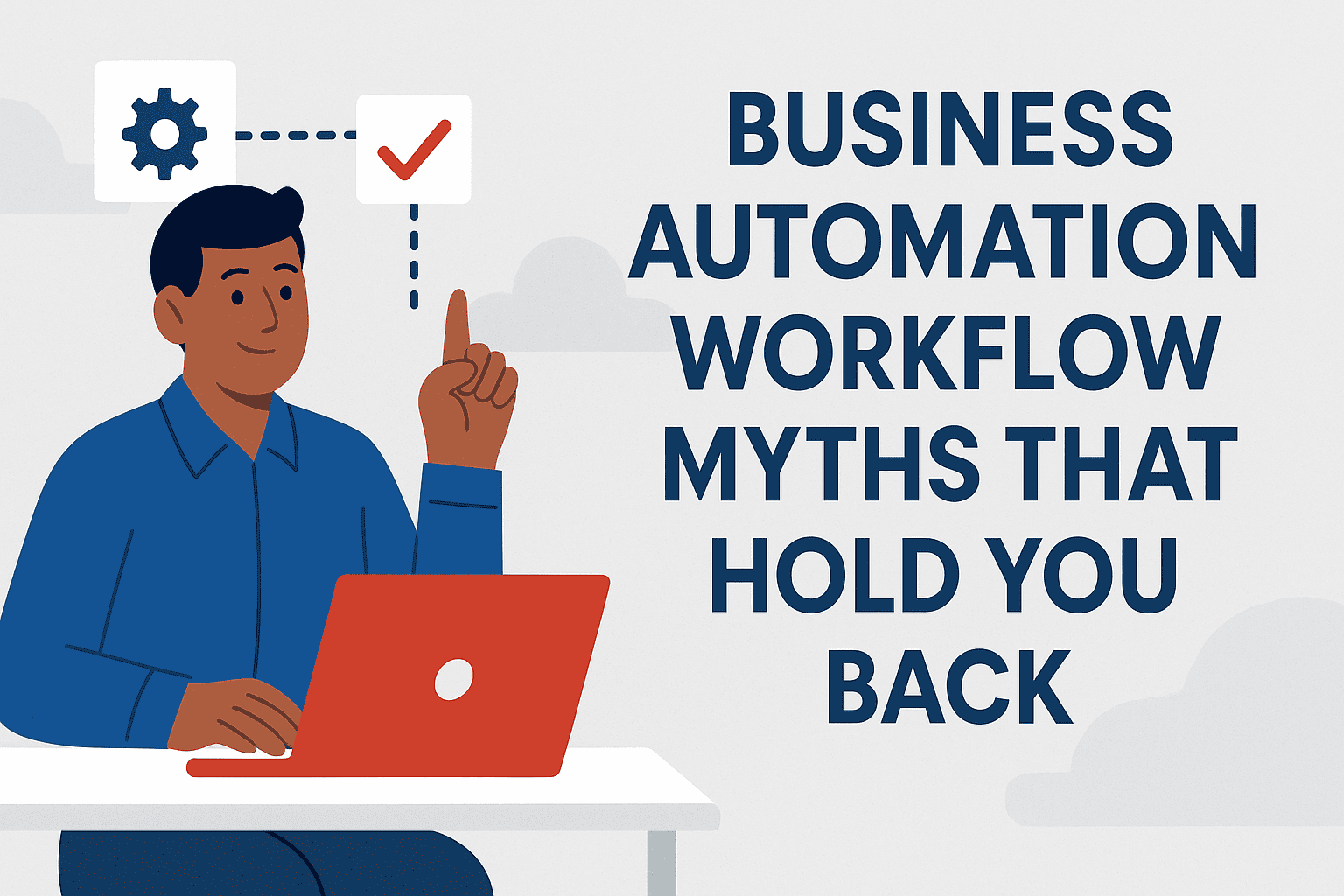Financial Freedom Friday
Years ago, I worked with a company that split client payments—50% up front, 50% after the work was done. I manually invoiced each client, assuming it would be straightforward. The first project went fine. But the second one ended in frustration: the final payment never came. That experience taught me just how damaging unpaid invoices can be—not just to your bank account, but to your peace of mind.
I didn’t have a system. No automatic reminders. No late fees. And no backup plan. Just a growing resentment and a gap in my cash flow.
Unpaid invoices don’t always start as emergencies, but they become one when you’re relying on that income to keep things afloat. If you’re still working a full-time job while building your business, you already have enough on your plate. Chasing down payments shouldn’t be part of it.
That’s why automation isn’t optional—it’s your safeguard. And it’s a core pillar of how I teach founders to protect their time, energy, and income inside Work Less, Build Smart.
Why Unpaid Invoices Threaten Financial Freedom
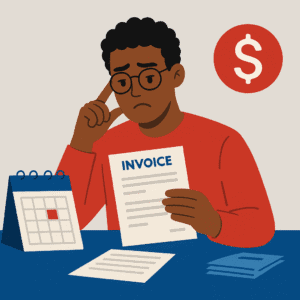
In my case, that one unpaid invoice set off a chain reaction. I was counting on that money to cover upcoming expenses. And without it? I had to shuffle funds, delay other projects, and stress over how I was going to keep everything moving.
That’s the hidden danger of unpaid invoices: they create gaps not only in your finances, but in your momentum. Even when you’re providing excellent work, delivering high-value services—you can still find yourself one late payment away from a major setback.
You shouldn’t have to micromanage your income. You need systems that make payment a non-issue, not a recurring nightmare.
The Hidden Cost of Manual Invoicing
Before I leaned into automation, I was doing everything by hand—drafting invoices, sending follow-up emails, setting calendar reminders to check if a client had paid. It was manageable when I had one or two clients… until it wasn’t.
Every minute spent chasing down unpaid invoices was time I wasn’t spending on actual income-generating work. Worse, it kept me in a constant state of mental clutter—trying to remember who owed what, when to nudge them, how to word the follow-up without sounding desperate.
When that second client failed to pay, it hit me: I didn’t have a system. I had a hope. A hope that people would honor agreements. A hope that good work meant timely payment.
But hope isn’t a financial strategy.
If I had automated invoicing in place back then—automated reminders, escalating notices, and structured late fees—that invoice might’ve gotten paid. Or at the very least, I wouldn’t have had to carry the emotional weight of following up manually.
When your income depends on client payments, unpaid invoices are more than just missed money—they’re mental drain, missed opportunities, and mounting pressure.
How Automation Could Have Saved That Check
Looking back, the problem wasn’t that I trusted the client too much—it was that I trusted my process too little. I had no structured follow-up, no built-in reminders, no policies that said, “This is how we handle payment.” Just a manually sent invoice and the silent hope it would be paid.
Unpaid invoices slip through the cracks when there’s no system to catch them.
With automation, the entire experience changes. I could have set that final invoice to send automatically at project completion. The client would’ve received polite but firm reminders at set intervals. A late fee could have been added after a certain window. The awkwardness would’ve been handled by the system—not by me.
It’s not about being aggressive—it’s about being clear and consistent.
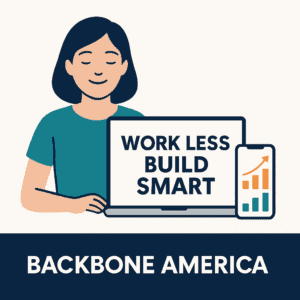
Unpaid invoices don’t need to be part of your business story anymore. With the right setup, they can become rare exceptions instead of frequent stressors.
Your System = Your Safety Net
What I didn’t realize back then—when I was manually sending those invoices and hoping for the best—is that the lack of a real process was a liability. Not just financially, but emotionally. I was putting myself in a position where I had to ask to get paid. Every time. I didn’t have a system to stand in that gap for me, and it made me uncomfortable.
There’s something powerful about knowing the logistics are handled. When you’ve got an invoicing system running in the background—one that reminds clients, applies late fees when needed, and tracks every balance—you don’t have to carry that weight. You’re not silently counting the days or wondering if you’ve followed up “too much.”
You’re free to focus on your work, your ideas, your actual business—not babysitting payments.
I talk a lot about freedom—financial, geographic, time—and I mean it. But what often gets overlooked is how much of that freedom starts with structure. Automation isn’t just about efficiency. It’s about protecting your attention and your energy. Especially if you’re still working a 9–5 and trying to grow something on the side, you need every bit of clarity you can get.
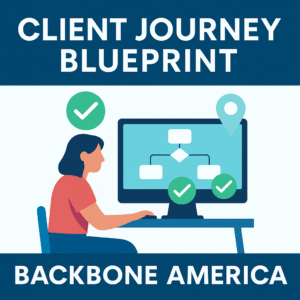 Inside the Client Journey Blueprint, I walk you through how to improve your client experience from first contact to final delivery—including the systems that shape expectations. That foundation makes it easier to plug in tools that support automation, invoicing, and accountability down the line. And in Work Less, Build Smart, we go deeper into building the full backend so you can stop worrying about what’s falling through.
Inside the Client Journey Blueprint, I walk you through how to improve your client experience from first contact to final delivery—including the systems that shape expectations. That foundation makes it easier to plug in tools that support automation, invoicing, and accountability down the line. And in Work Less, Build Smart, we go deeper into building the full backend so you can stop worrying about what’s falling through.
No one builds a business because they want to chase down unpaid invoices. But if you don’t have a system, that’s exactly where you’ll end up.
What You Can Set Up Today
Let’s take the guesswork out of it. If unpaid invoices have been a thorn in your side—or if you just want to avoid that stress altogether—there are a few simple shifts you can make right now that will save you months of frustration later.
First, use invoicing software that allows automation. Zoho Books, Stripe, PayPal Business, Square, and HoneyBook all let you schedule invoices, add late fees, and send automatic reminders. Even better? You can track what’s been paid, what’s overdue, and what’s coming up—without needing a spreadsheet or your memory to do the heavy lifting.
Next, decide what your payment policy actually is. Is it due on receipt? Net 7? Do you charge a late fee after a grace period? It doesn’t need to be complicated—but it does need to be consistent. And clear.
Then build those expectations into your client onboarding. Inside the Client Journey Blueprint and Work Less, Build Smart, I help you lay the groundwork for backend systems that don’t just look good on paper—they actually work. Systems that free up your time and protect your revenue as you grow.
You don’t need to automate everything at once. But if you only automate one thing this month? Make it your invoicing process.
Don’t Wait to Protect Your Paycheck
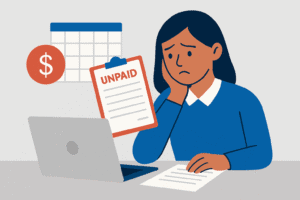
You don’t need to wait until something falls through to start tightening up your process. You can build systems now that make sure your business pays you back—not just in revenue, but in peace of mind.
Unpaid invoices don’t belong in the kind of business you’re trying to build.
Give yourself the structure you wish you had from the start. Automate what you can. Protect your time. And put tools in place that make getting paid a normal, expected part of your process—not a gamble.
You’re not just building a business. You’re building freedom. Don’t let it leak out through the cracks of a missing invoice.

